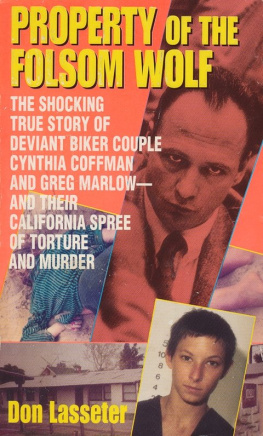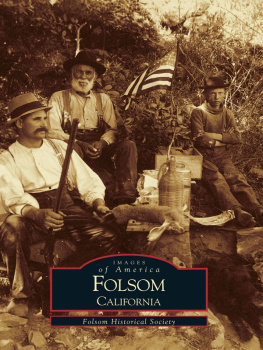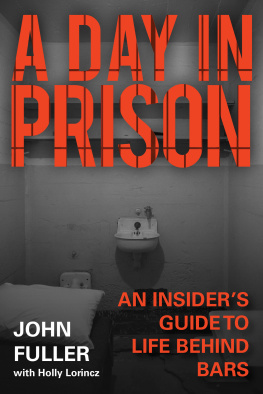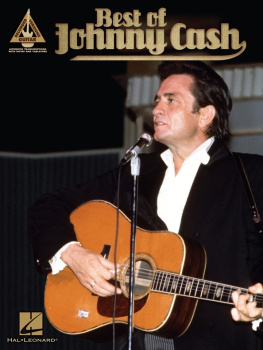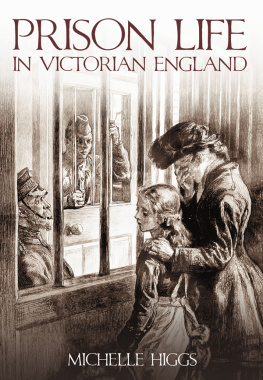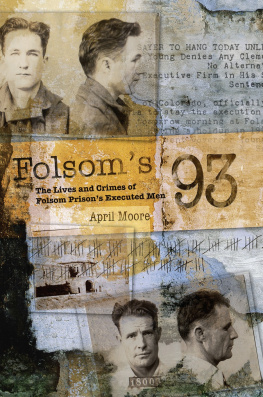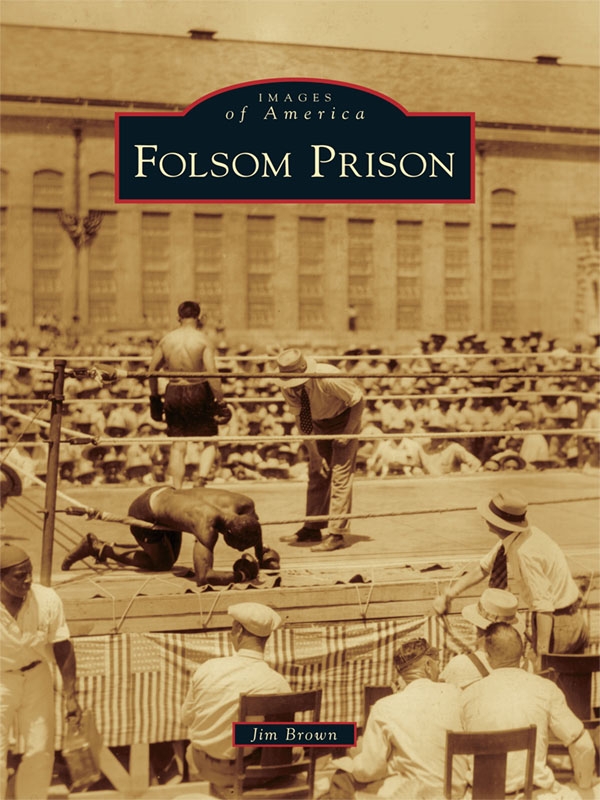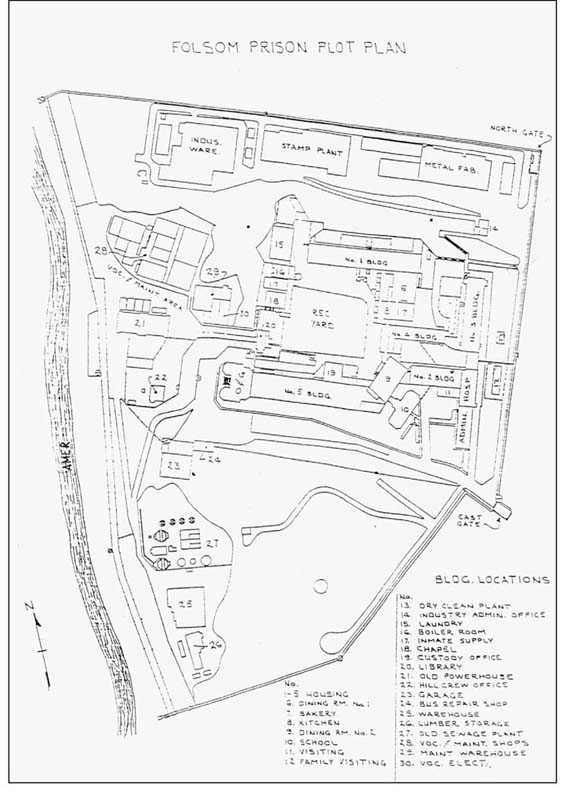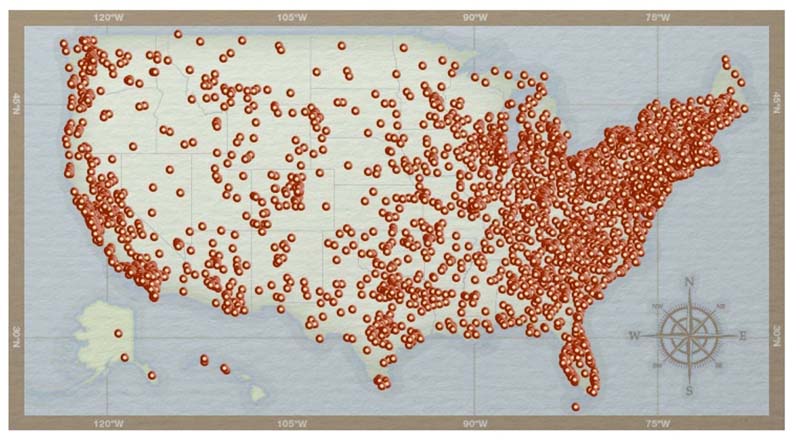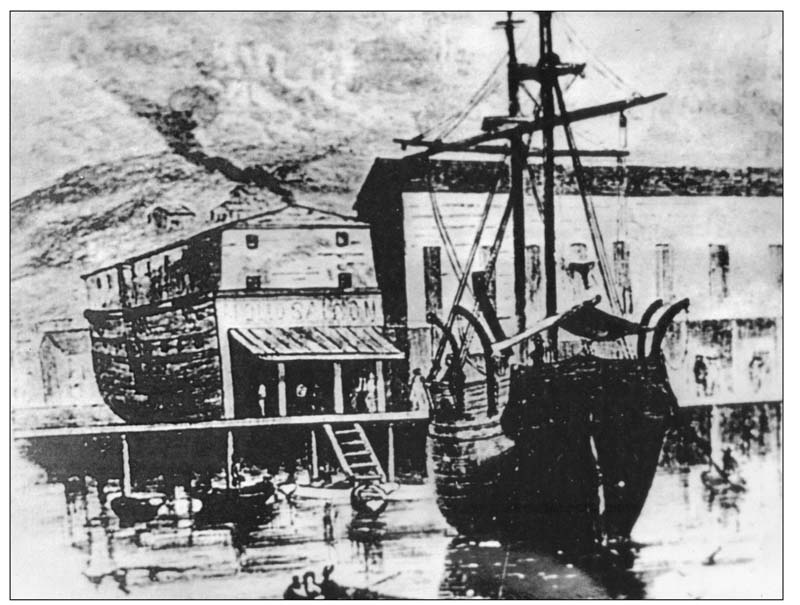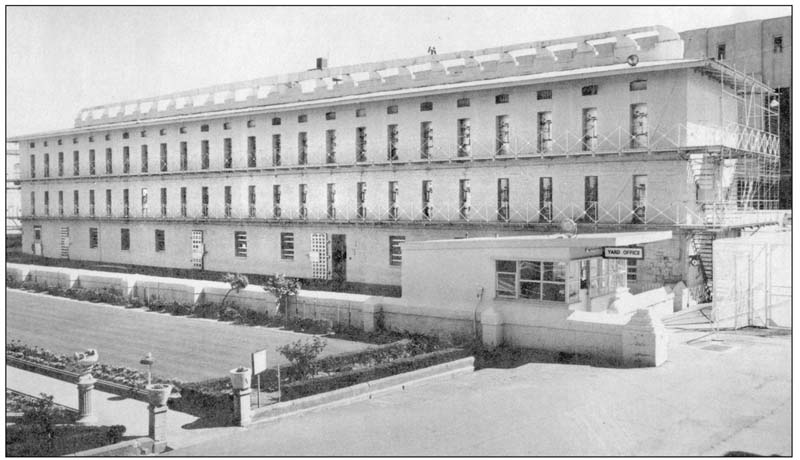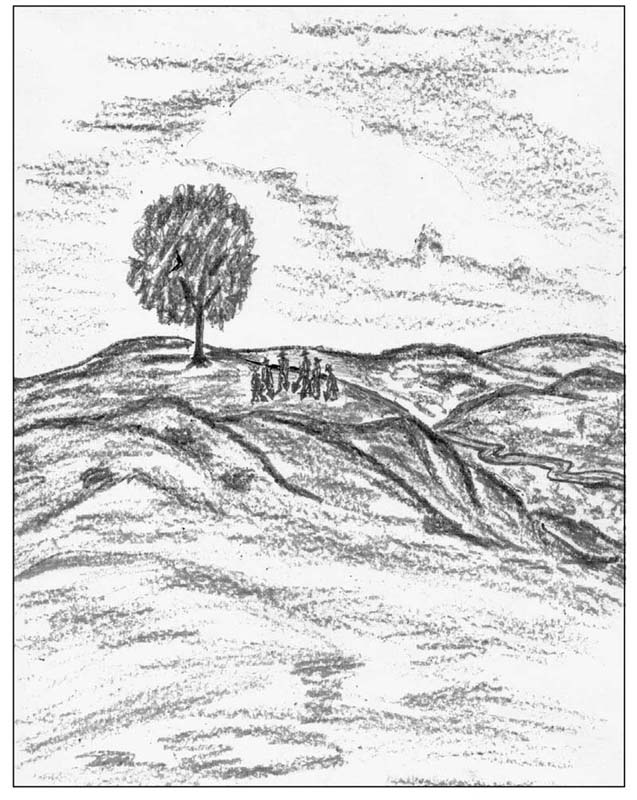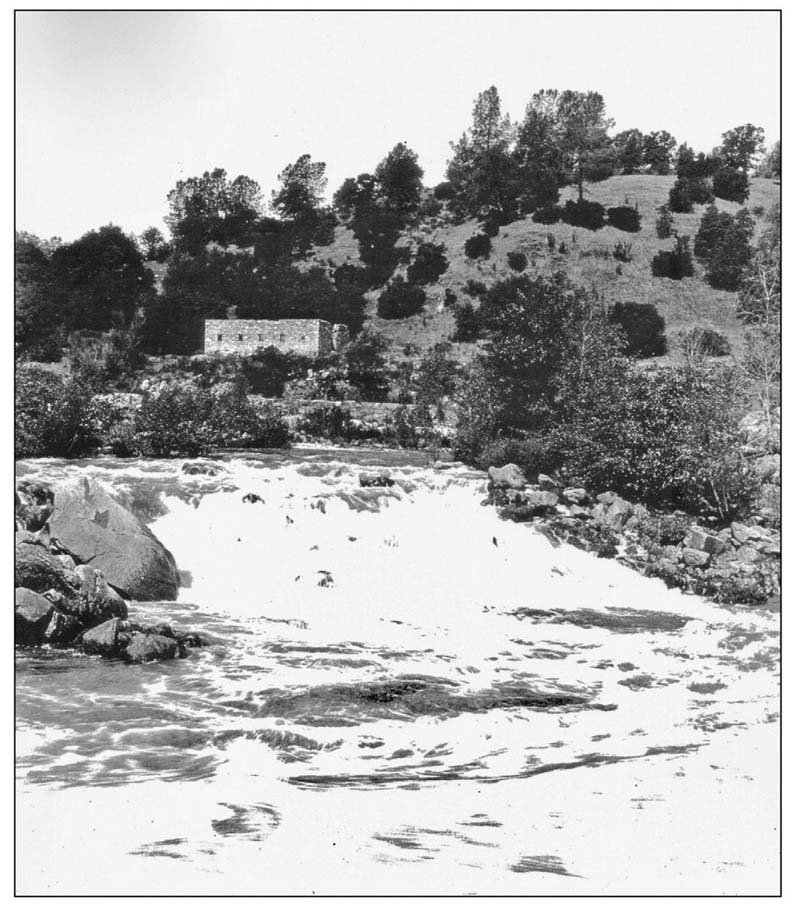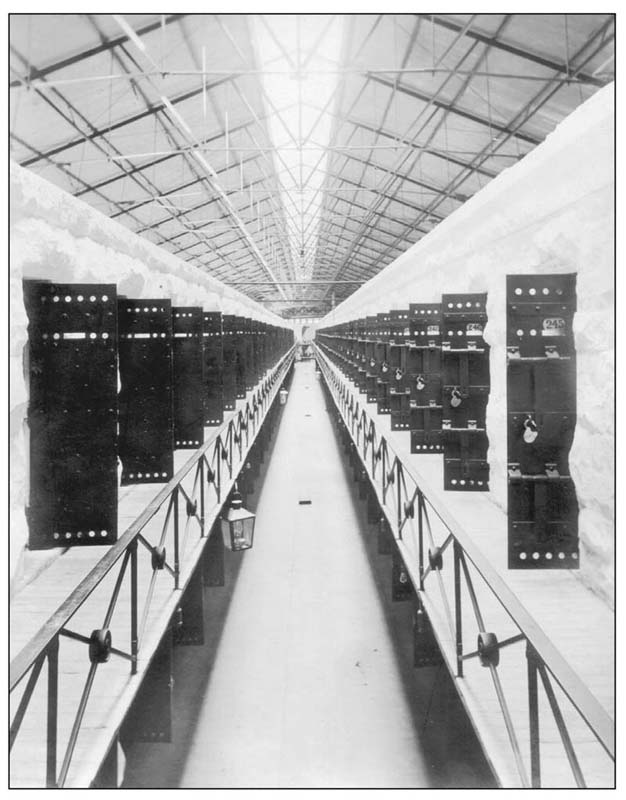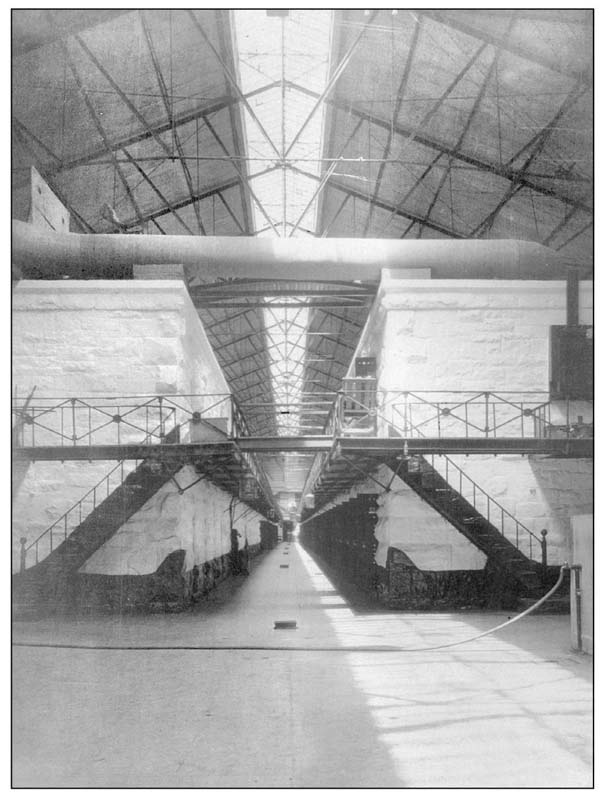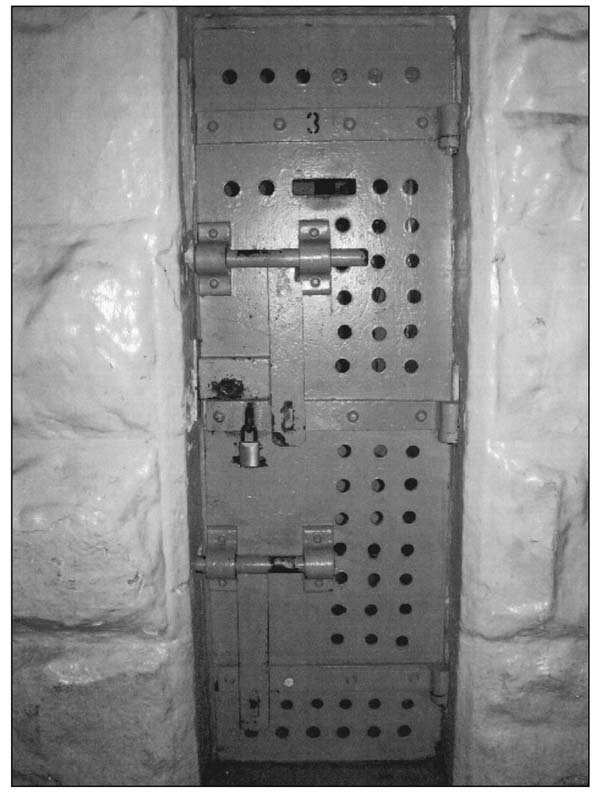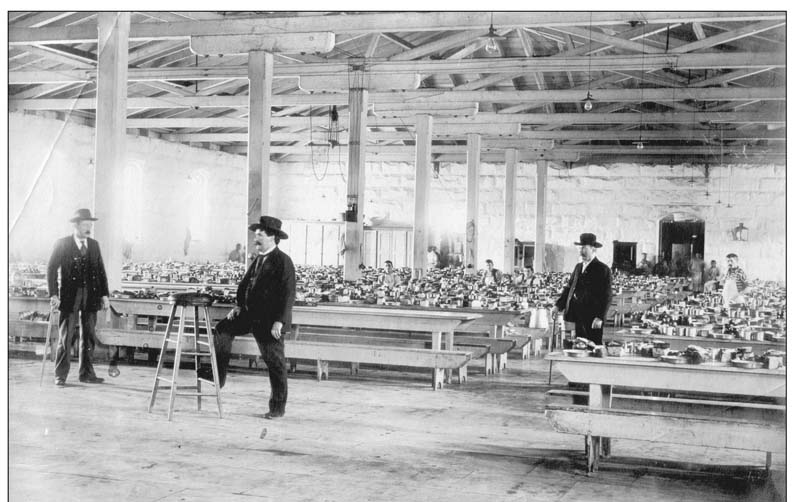One
BREAKIN ROCKS IN THE HOT SUN
The first state prison in California was the two-mast ship Euphemia , which was anchored on the bay near Vallejo. The ship was towed to a site under the shoulder of Point San Quentin in the San Francisco Bay. The first prisoners were received on December 4, 1851, from surrounding county jails. They were immediately set to work turning the ship into a prison capable of holding 50 men. There is no record of the disposition of the prison ship.
This cell block at San Quentin was called for many years the Spanish Block or The Stones. It had three tiers of cells, the first two built of stone and the third of brick. On ground level, there was a long dormitory room capable of housing 100 men. The cell block was completed in 1854 and remained in use for over a century until it was demolished in the late 1950s.
David Smith built the first grain mill in 1851 on the west side of the American River across from the present-day Folsom Prison. In 1854, Edward Stockton from Sacramento purchased half of the mill. He enlarged the mill operation and was prospering until the winter floodwaters of 1861 and 1862 came. The mill was damaged in December and completely destroyed in January by the raging water. Stockton rebuilt the mill, but on January 26, 1867, a fire started. City firefighters tried to put out the blaze, but because of the raging floodwaters, they were forced to retreat back to the city. The mill was completely destroyed; the burned-out rock and wood structure of the Stockton Mill was left to sit abandoned for years.
There were gray, gray skies and gray granite. According to the history of the day, even the heavens wept on the afternoon of October 17, 1878, as the frock-coated group of dignitaries huddled in a semicircle on a bluff overlooking the American River, undoubtedly drawing their velvet collars high about their wet necks. On that afternoon, George C. Perkins, governor of the sovereign State of California, turned the first shovelful of dirt that began the building of the State Prison at Folsom, one of the nations first maximum-security prisons. It is believed the ground-breaking ceremony took place on this small hill overlooking the river.
History has it that the old Stockton Mill ruins were used to house the prisoners from San Quentin, after they put up a wooden roof across the old rock walls, to serve as a shelter. Early each morning, the prisoners would cross the river, start clearing the forests near the prison site, and begin building the roads and sewers for the new prison. They cleared a road from the city of Folsom to the prison site, and the prisoners worked the grounds off and on for the next five years until 1878.
The first two cell blocks consisting of 328 cells were built on a bluff overlooking a bend on the American River. B Block was the first finished, with 162 cells, and A Block completed with 166 cells. In those days, it was truly a wildernessrocky hills and jutting granite formations on every sidebut the original board had chosen the spot with an eye toward the future. On March 2, 1880, the two cell blocks were completed and a roof built over them. To say they were well built is an understatementboth still stand today.
The blocks were built of native stone; here the foresight of the board is obvious. Granite was plentiful, easily quarried, and could be used on the spot. Each block was a unit in itself. To gain a complete picture, one has only to imagine a child with a set of building blocks and the urge to build a long house. The buildings throughout were of solid stones, tremendous slabs of granite laid one on the other, with mortar between. As the blocks were two cells high and as granite was too cumbersome to be used as the layer between, sheet iron was substituted. This constituted the only foreign building material in the construction of the blocks.
The cells were equipped with heavy iron doors, solid except for a slit 10 by 3 inches, which served for ventilation and inspection purposes. There were no plumbing facilities, and under the circumstances none could be expected. No lights were installed at this time; records do not disclose any manner of illumination. Such was the hurry that the contractors built the original structures with no provisions for a water system. This proved to be one of the first serious situations faced by the new officials.
A kitchen (in the area of the present-day kitchen) and dining room (in the area of Unit IV) were constructed. Guards armed with lead-tipped canes presided over this old mess hall. Prisoners served as cooks and waiters. They would shout, Watch your back, moving among the tables offering prisoners a choice of tops, the juice of the beans, or bottoms, which were the beans served from the bean bucket. This photograph was taken in 1894.



